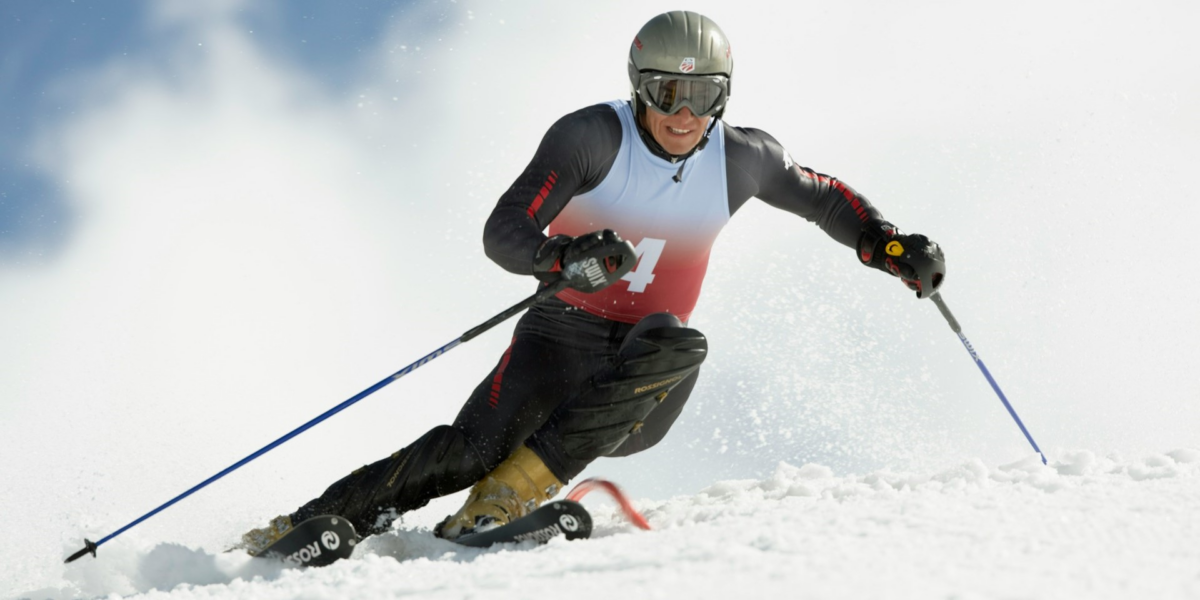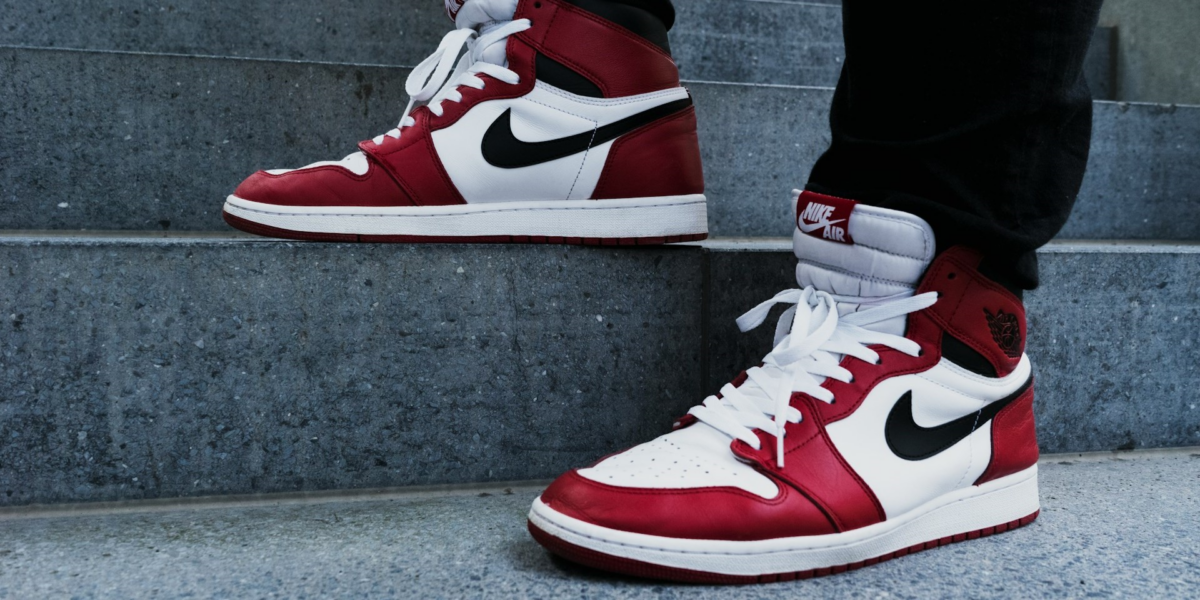Data-Driven Strategies: How Analytics Shape Sports Training
The Impact of Data Analytics in Sports Training
In the ever-evolving landscape of sports training, the utilization of data analytics has become a pivotal factor in enhancing performance and making informed strategic decisions. Coaches, in their quest for excellence, have embraced virtual simulations and wearables to gain valuable insights that go beyond conventional methods.
The Growing Influence of Virtual Simulations
The integration of virtual simulations has transformed the way athletes prepare for competitions. This subheading explores how coaches leverage advanced technologies to create realistic scenarios for training. From simulating game-like situations to analyzing player reactions, virtual simulations provide a hands-on learning experience that goes beyond traditional training methods.
Wearables: A Game-Changer in Athlete Performance Monitoring
Wearable technology has emerged as a game-changer in sports training, offering real-time data on various aspects of an athlete’s performance. This section delves into the use of wearables in monitoring key metrics such as heart rate, speed, and even biomechanics. The data collected not only aids in optimizing training programs but also helps in preventing injuries by identifying potential risks.
Contrarian View: Skepticism Amidst the Technological Wave
While the benefits of data-driven strategies in sports training are evident, a degree of skepticism exists. Some argue that over-reliance on technology may undermine the instinctive and intuitive aspects of coaching. This contrarian perspective explores concerns about the potential disconnect between coaches and athletes when data takes precedence over subjective assessments.
Summarizing the Impact of Data Analytics in Sports Training
In conclusion, the integration of data analytics in sports training has ushered in a new era of precision and efficiency. Virtual simulations and wearables have revolutionized how coaches approach athlete development, providing a nuanced understanding of performance dynamics. Despite concerns raised by skeptics, the evidence suggests that the benefits of data-driven strategies far outweigh the drawbacks, shaping the future of sports training.













